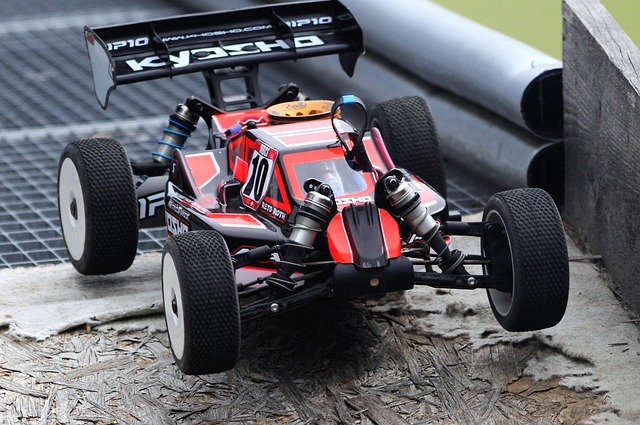Electric vs. Nitro RC Cars: Which One Should You Choose in Australia?
When diving into the world of RC (radio-controlled) cars, one of the first big decisions you’ll face is choosing between electric and nitro-powered models. Both types have their strengths, and your choice really comes down to what kind of experience you’re after. In Australia, where terrain can vary from smooth city parks to dusty bush trails, understanding the pros and cons of each type is essential.
What Are Electric RC Cars?
Electric RC cars are powered by rechargeable batteries, either NiMH (Nickel Metal Hydride) or LiPo (Lithium Polymer). These cars are generally quieter, easier to maintain, and ideal for beginners or hobbyists who prefer a more plug-and-play setup.
In Australia, electric RC cars are the most popular option, especially in urban areas like Sydney, Brisbane, and Melbourne. This is largely due to local noise restrictions in public parks and the convenience of being able to charge batteries at home.
 Pros of Electric RC Cars:
Pros of Electric RC Cars:
- Low maintenance: No need for fuel, tuning, or regular engine cleaning.
- Quiet operation: Perfect for backyard or public park use without disturbing the neighbours.
- Cleaner and safer: No messy fuel spills or exhaust fumes.
- Instant torque: Brushless motors deliver quick acceleration, making electric cars fast and zippy.
Cons:
- Run time is limited: You might only get 15–30 minutes per battery, depending on your setup.
- Charging time: Batteries can take 1–2 hours to recharge unless you invest in fast chargers or spares.
What About Nitro RC Cars?
Nitro RC cars run on a special fuel blend that includes nitromethane, methanol, and oil. These cars use a miniature internal combustion engine, similar to a real car, and produce realistic engine sounds, smoke, and even exhaust fumes.
They’re loved by hobbyists who enjoy the mechanical side of things — tuning engines, adjusting carburettors, and getting their hands dirty. Nitro cars are especially popular in rural and suburban areas of Australia, where there’s more open space and fewer restrictions on noise and fuel use.
Pros of Nitro RC Cars:
- Realistic engine feel: With noise, smoke, and tuning involved, it’s like running a miniature race car.
- Longer run times: Just refill the tank and keep going — no need to wait for a recharge.
- More engaging for tinkerers: Ideal for those who love the mechanical side of RC racing.
Cons:
- Noisy: Not suitable for use in many public areas, especially parks and urban spots.
- Requires ongoing tuning: Weather conditions (especially humidity or heat in places like Queensland) can affect engine performance.
- Fuel cost and availability: Nitro fuel is more expensive than charging batteries, and not all hobby shops in Australia keep it in stock.
What Should You Choose?
If you’re just getting into RC cars or live in an urban area, electric cars are the better bet. They’re easier to handle, require less upkeep, and you’ll find more places to use them without worrying about noise or emissions. Plus, with Australia’s shift towards sustainability, electric models align better with eco-conscious values.
On the other hand, if you’re a seasoned hobbyist who enjoys a hands-on experience and you’ve got space to run a nitro car — maybe on private property or a rural track — then nitro could be more rewarding. Many RC clubs across Australia, such as those in Newcastle, Toowoomba, and Adelaide, host dedicated nitro races where enthusiasts can come together.
Choosing What’s Right for You
There’s no one-size-fits-all answer. Electric RC cars are perfect for those looking for simplicity, speed, and convenience, while nitro cars offer realism and an immersive experience for more involved hobbyists.
Whether you go electric or nitro, the RC scene in Australia is thriving, with hobby shops, clubs, and race tracks scattered across the country. So pick your machine, charge or fuel up, and get ready to hit the track!
